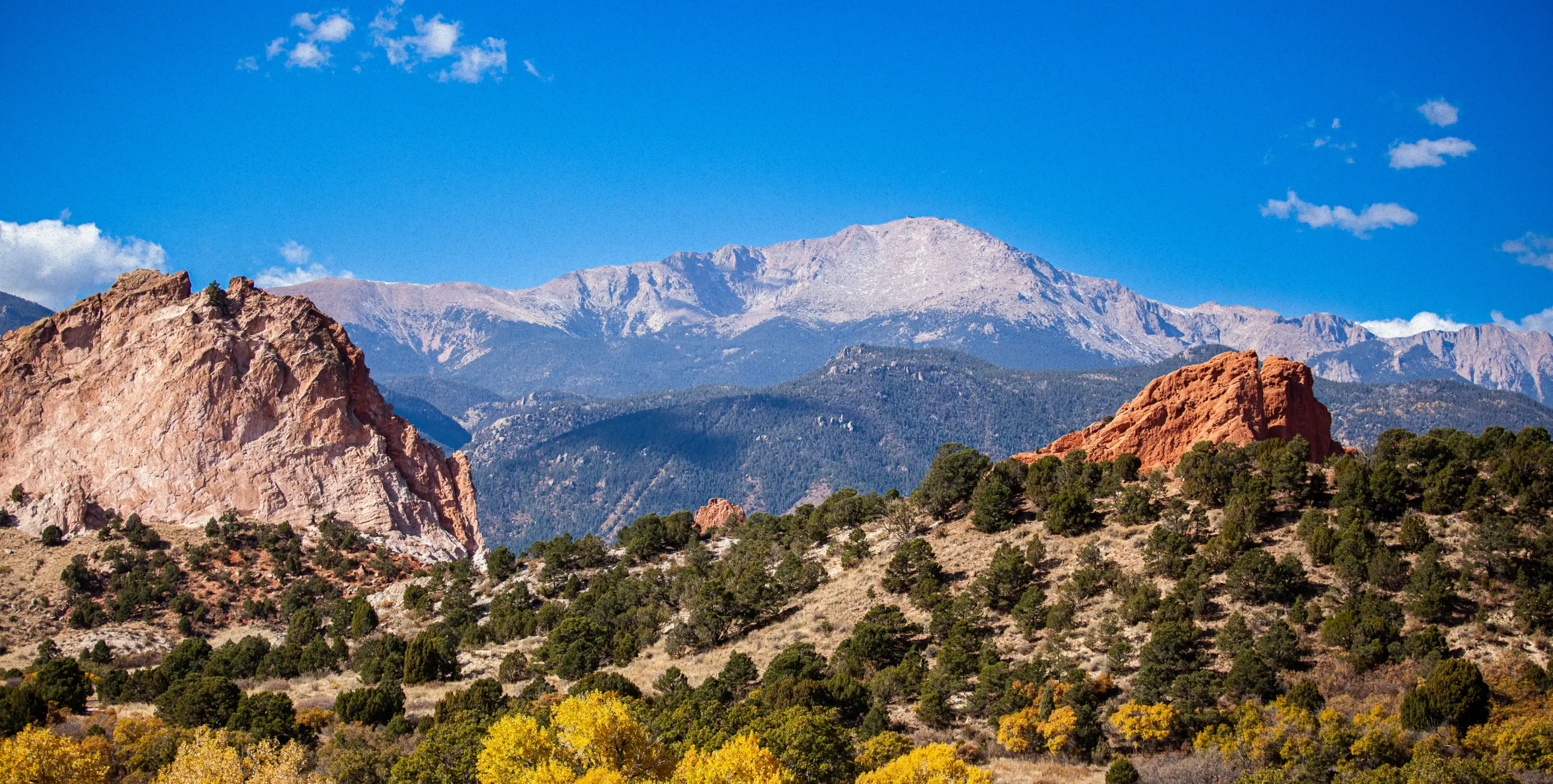Bear Cubs
We partner with Colorado Parks and Wildlife to give orphaned bear cubs a second chance. We built bear dens on a secluded portion of our watershed in the mountains and transport rehabilitated bear cubs there each winter.
The hope is that when the bears awaken in a warm, dark, den they will continue to hibernate until spring. We hate to say it because they are so cute, but we hope to never see these bears again. We hope they wake up in the spring, ready to spend the rest of their lives in the wilderness, away from the troubles that come with humans and urban life.
Birds of Prey
Birds of prey – or raptors – often use utility poles to hunt, feed and rest. Some of the more common raptor species found in our service territory are the Red-Tailed Hawk, Great Horned Owl, Ferruginous Hawk, Swainson’s Hawk, Rough-Legged Hawk, Northern Goshawk and Cooper's Hawk.
We continually update protection standards, postpone projects as necessary and improve safety procedures to save these birds from electric shock.
We also collaborate with birders who conducted annual bird surveys on our local properties to gather data on bird populations, habitat status and migration patterns.
Preble Mouse
In 1998, the Preble's Meadow Jumping Mouse was listed as a threatened species under the federal Endangered Species Act. Anyone who alters habitat or water flows near creeks or drainages anywhere in El Paso County must ensure that they do not disturb the Preble’s mouse or its habitat.
Locally, this mouse is found near streams such as Monument Creek, Black Squirrel Creek and Kettle Creek, where dense willows and upland shrubs provide the shelter and habitat on which they depend.
To protect the Preble’s mouse, we complete assessments and mitigation, if needed, prior to projects adjacent to potential habitats. This ensures that no mice will be harmed by our construction activities or operations.
Cutthroat Trout
For decades, we’ve partnered with Colorado Parks & Wildlife to ensure the protection of Greenback Cutthroat Trout. Since the 1950s, some of our reservoirs on the south slope of Pikes Peak have been used by the Division to raise this species.
Fish eggs are collected and fertilized each spring and sent to hatcheries in the region, where young fish can be raised for restocking lakes and streams throughout Colorado.
Protecting Habitat
Wetlands are highly-productive ecosystems valued for their wildlife habitat, flood control, groundwater recharge and natural treatment of water. Most wetlands, which are protected under the Clean Water Act, often look like marshes, bogs or swamps.
Wetlands are found in our service territory in our remote mountain watersheds, and at Pinello and Clear Spring Ranches. Wetlands also occur along some streams in the vicinity of our energy and water service lines.
We identify and control noxious weeds on our local and remote properties to promote healthier, more native ecosystems to support wildlife.






